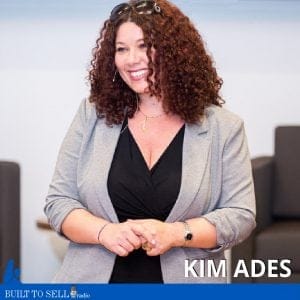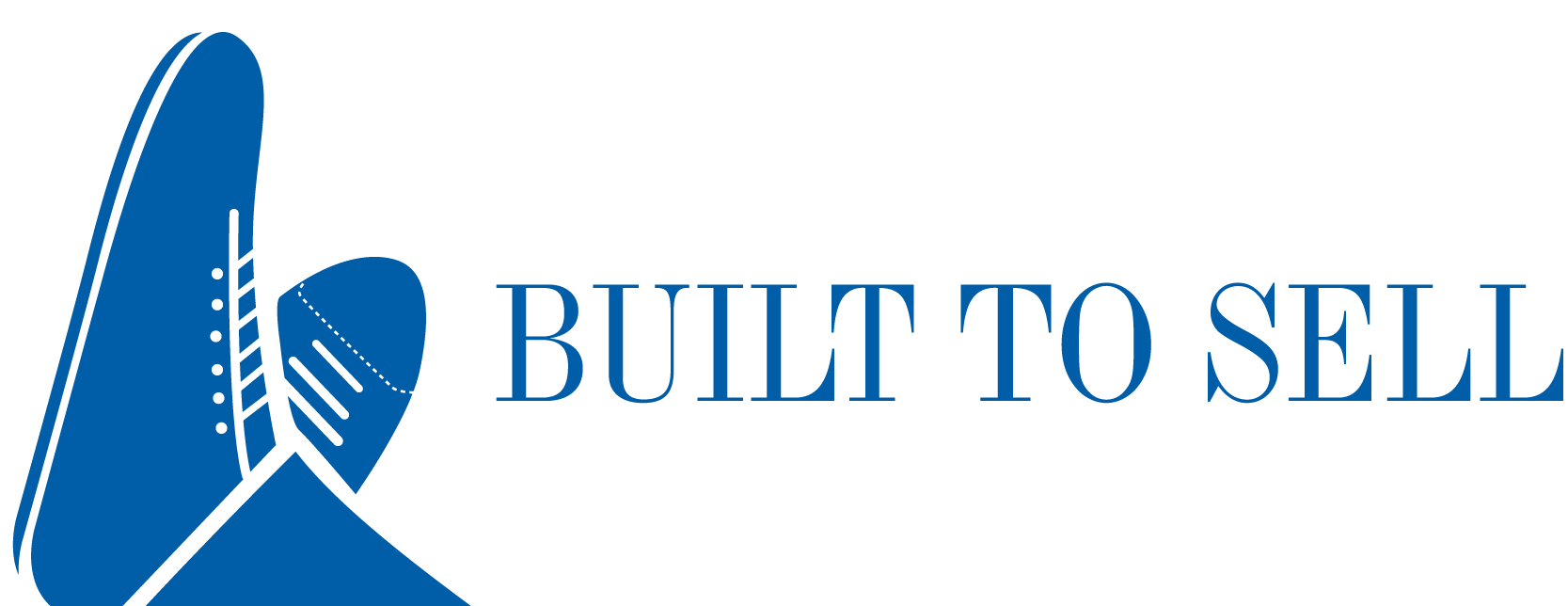About this episode
When you can’t stand your partner anymore, you offer them a price for their shares. They have two choices: accept or buy you out. Triggering a shotgun deal can have explosive results, as Kim Ades found when she offered to buy out her husband.
The secret to a shotgun deal is making a reasonable offer—one that you would be willing to accept yourself. To find out what a fair offer would be, get your Value Builder Score now.

About Our Guest
Kim Ades, MBA, is president and founder of Frame of Mind Coaching and JournalEngine™ Software. Author, speaker, entrepreneur, coach, and mother of five, Kim is one of North America’s foremost experts on coaching with a focus on mindset and thought mastery. By using her unique process of integrating online journaling into her coaching, Kim helps her highly driven clients examine and shift their thinking in order to yield extraordinary results. Before the Frame of Mind Coaching program, Kim was the founder and president of Upward Motion, and is well known for dramatically penetrating the international real estate industry with a web-based assessment tool for the recruitment, selection and training of top performing real estate agents.


